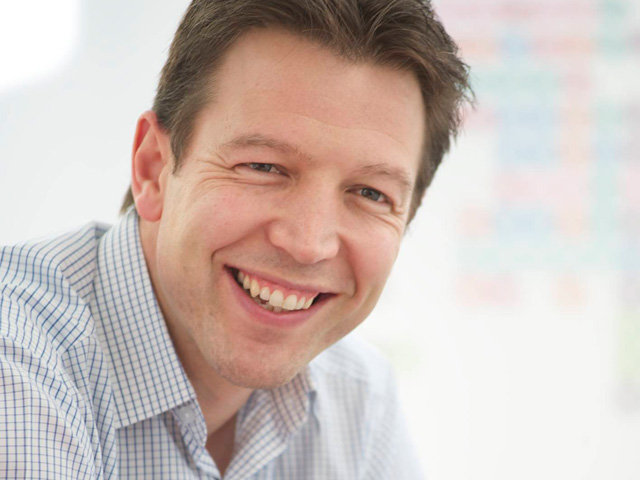Three 4G Won’t Launch Before September 2013

CEO Dave Dyson says similar speeds will be offered by DC-HSPDA until then
Three CEO Dave Dyson has said that the operator will not launch 4G services until next September, using LTE services on spectrum that EE has sold to the operator, but claims that it can offer comparable speeds earlier using other technologies.
Three will be able to offer users comparable speeds before September 2013, using DC-HSPDA+ technology, giving it time to build its network and establish an LTE-ready customer base, Dyson told TechWeekEurope at a press event in London.
Three is acquiring the 1800MHz bandwidth that EE was required to give up as a condition of the European Commission’s approval of the merger between Orange and T-Mobile and Dyson says that this has left Three in a “good place” ahead of the 4G spectrum auction due to be held early next year.
He said that the acquired bandwidth had allowed it to press ahead with building a 4G network around the 1800MHz frequencies and that if it hadn’t bought the spectrum, it would have gone into the auction “blind”
The EC has set a deadline of September 2013 for EE to relinquish the spectrum, but when asked if Three would be pressuring for that to be brought forward now that the auction is to be held earlier, Dyson said he didn’t see the point.
Three 4G strategy
 “It’s not necessary. The deadline is set by the European Commission so EE could, if they chose to, release [the spectrum] earlier, I suspect,” said Dyson. “We feel pretty comfortable with leveraging the assets that we’ve got right now. It comes at a good time in terms of adding capacity to the network when we need it, but we don’t really need it before then.”
“It’s not necessary. The deadline is set by the European Commission so EE could, if they chose to, release [the spectrum] earlier, I suspect,” said Dyson. “We feel pretty comfortable with leveraging the assets that we’ve got right now. It comes at a good time in terms of adding capacity to the network when we need it, but we don’t really need it before then.”
“In my opinion, I don’t think 4G as a mass market proposition is necessarily going to be a game changer when you compare it against the latest generation of 3G, so I don’t think there is an immediate need to accelerate any technology upgrade to LTE in timescales where we expect to get that 1800MHz spectrum,” he added.
Dyson said that for the average customer, technology is not important as long as they are getting speed and coverage to do the things that they want. He added that the mobile industry has more or less been operating with the same technology for the last few years, so if technology was the most important thing, market share would be equal.
Ultrafast wireless strategy
 Three’s immediate future is DC-HSPDA, which will offer speeds comparable with the early LTE services. DC-HSPDA is currently available in 50 towns and cities in the UK, covering 39 percent of the population. This will rise to 50 percent by the end of the year and 80 percent by early 2013.
Three’s immediate future is DC-HSPDA, which will offer speeds comparable with the early LTE services. DC-HSPDA is currently available in 50 towns and cities in the UK, covering 39 percent of the population. This will rise to 50 percent by the end of the year and 80 percent by early 2013.
Customers will need a dual-carrier-compatible device, but Dyson said that a rule of thumb was that all LTE devices would be compatible. He claimed that when Three switches on its 4G network, there will be little difference for users and what interests him the most about LTE is the capacity the technology offers.
When asked whether consumers would be able to appreciate this, given that 4G is a marketing buzzword at the moment, he said that they would be doing everything they could to explain it and that its “4G credentials were strong.”
Three has not decided on any LTE tariffs yet, stating that it was going to examine the market and listen to customers. Dyson said that there might not necessarily be any LTE-specific tariffs.
“You can expect to see Three offer great value,” he said.
Are you fluent in the language of the Internet? Find out with our quiz!